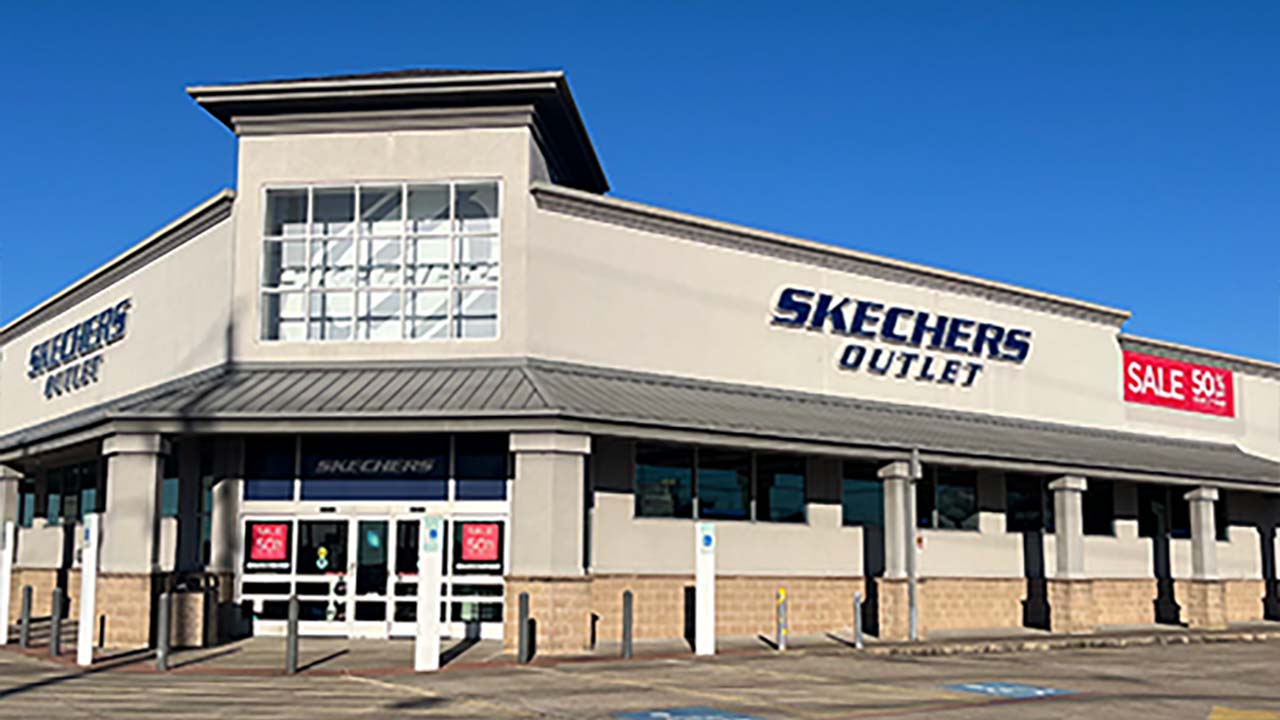
By Jason Baker, principal at Baker Katz
If you look back about 150 years or so, drugstores have played a big role in communities nationally and across Texas. From the beginning with small corner pharmacies to today’s large retail chains with 24-hour service, drive-thrus and a wide range of products, drugstores have filled retail and service needs with the communities they serve. However, in the past few decades, there has been a noticeable shift.
in the 1980s and 1990s, national chains such as Walgreens and CVS expanded rapidly, often setting up stores at the exact same intersection. These stores became go-to spots for everything from prescriptions to film processing to everyday essentials and necessities. However, their fast-paced growth also came with its own set of challenges, such as high costs of real estate and operational expenses that left the underlying real estate of many of the drugstores vulnerable when market conditions changed.
Shifting Consumer Behaviors Force Adaptation
Over the past two decades, consumer behavior has changed significantly. With the rise of telehealth, people can now see a doctor on Zoom and get a prescription without ever leaving their home. At the same time, online giants and big-box retailers have also ramped up competition — shifts that have hit drugstore chains especially hard.
Walgreens, for example, has struggled in response, closing hundreds of stores and facing a decline in prescription reimbursements. This has caused the company’s stock to plummet 60 precent this year alone. In October, the company revealed it would close, 1,200 stores in the next three years. With 749 stores, Texas represents approximately 9 percent of the Walgreens store count in the U.S., according to data company ScrapeHero.
To address the challenges, drugstores have been forced to rethink their business models. CVS, for example, is trying to diversify by venturing into new healthcare services, hoping to create new revenue streams and drive efficiencies. On the company’s third-quarter earnings call, CEO David Joyner highlighted the company’s focus on transitioning to a new pricing model and “stabilizing the business.”
That said, there remain some rare success stories. In West Houston, Briargrove Pharmacy & Gifts has managed to thrive where others have failed. Operating since 1968, the pharmacy offers a blend of prescription services, gifts and cosmetics, all while building a very loyal customer base. Briargrove has also maintained its personal touch, with familiar faces and even conversations with pharmacists — an experience that feels more like shopping at an old neighborhood pharmacy than a corporate retailer. The company’s focus on unique offerings and customer service, rather than on competing solely on price, has paid off.
Repurposing Vacant Space, Creative Leasing Solutions
Other drugstores haven’t been as fortunate as Briargrove. Many have had to close or reposition due to the rise of shifting customer habits like online shopping, leaving behind vacant spaces. However, some of these properties present opportunities for repurposing. Freestanding drugstores that have plenty of parking in prime corner spots are highly desirable. Their 15,000-20,000-square-foot layouts present unique challenges for repurposing, but these deals can be done.
In Texas, local businesses are considering ways to backfill these types of spaces. For example, a former Walgreens drugstore on Houston’s northwest side located at 6107 State Highway 6 N. now operates as a Skechers store. Other locations have been repurposed as urgent care clinics, small-format grocery stores or even fitness centers, demonstrating that these spaces can be reused when they are matched with the right tenant.
Landlords and tenants are also finding innovative ways to navigate high leasing costs. For example, large corporations that have had to close, but still must pay rents on vacant sites, are often willing to negotiate with landlords to prepay portions of their lease to pave the way for new tenants and avoid extended vacancies once the lease expires.
The silver lining for both drugstores and their owners — many of whom are institutional investors or private investors from Texas and California — is that we are long past the time in which drugstores are aggressively outbidding competitors to secure prime locations. Like an industry, as the real estate market in Texas continues to evolve, and there will be more innovative reuse success stories with big potential for real estate that is well-positioned.
Jason Baker is principal at Houston-based Baker Katz, a full-service commercial real estate brokerage firm specializing in retail tenant representation, project development and leasing. To connect with Jason directly, email jbaker@bakerkatz.com.